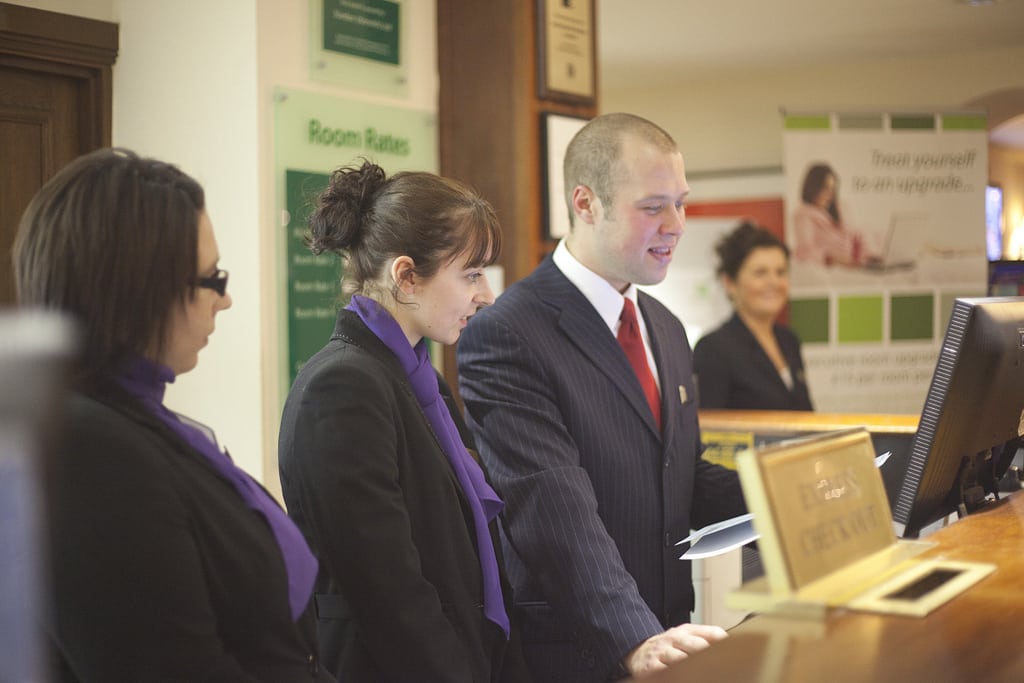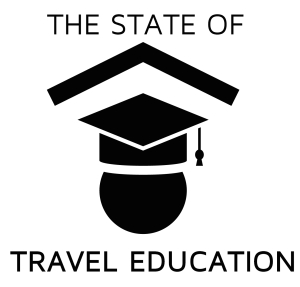Skift Take
Being an expert on how to navigate a hotel's reservation system or trouble-shooting issues with mobile check-in apps is always a plus, but solving problems of human beings before resolving technology issues is a huge takeaway for hospitality management students.
Gone are the days when hospitality students only needed to know how to coordinate room service for guests and schedule their morning wake-up calls.
Students must now prepare to work with robots and help a guest check-into their room with the wave of a smartphone.
To adapt to these technological advances, one of the first changes many universities made was combining hospitality and management education into one degree program, bringing both under one roof.
Johnson and Wales University’s hospitality college changed its name this month to the “School of Hospitality” and is now part of the “College of Management.” This change took effect for the start of the fall 2014 semester, and is the first reorganization of the hospitality program since it was founded in 1972.
“This is a new direction for hospitality education,” said Miriam Weinstein, a spokesperson for the university. “We are providing our students with an education in management and a focus in hospitality. In addition, we are encouraging our undergraduate students to continue on to earn an MBA in hospitality as more corporations are seeking credentialed employees.”
Most other universities with hospitality programs also integrate management courses into the curriculum, and many require internships for students to see what it takes to lead day-to-day operations at a hotel franchise.
New technology introduced at hotels, such as mobile check-in at Hilton or Starwood’s Botlr robot, are key focuses of hospitality management programs. Still, some universities say they haven’t overhauled their curriculums or shifted too far from the heart of hospitality education.
“Sure, there are already robots in some hotels and there will likely be many more in the future,” said Mike Hampton, dean of Florida International University’s Chaplin School of Hospitality and Tourism Management. “If robots are introduced to assist bartenders, for example, they help enhance the technicalities of bartending, but they also allow the bartender to step-up the customer relation side of the business.”
The argument of humans eventually being replaced by robots at hotels continues to grow thinner, says Hampton.
“The bartender scenario is an concept we apply to a variety of situations when teaching students so we help them understand these customer service strategies,” he said.
California State University’s hospitality management program is another example of a school teaching students that technology is important, but it’s the guests who always come first.
“Nothing can replace face-to-face interaction,” said Jamie Dehn, a spokesperson for the program. “But we hope that by teaching these students the technologies that are in place, they will be able to get jobs and still provide the excellent customer service that is standard in the hospitality industry.”
Tools covered in the program’s classes range from social media in marketing courses to reviewing the latest online booking systems and mobile check-in apps.
“Instead of creating a class devoted solely to technology, where the curriculum would have to be rewritten almost daily, we weave it through their existing classes to make sure they can see how the technology will apply to their careers,” she said.
Have a confidential tip for Skift? Get in touch
Tags: hospitality management, hotels, travel education
Photo credit: Hospitality management students doing on-the-job training at a Holiday Inn in the U.K. City College Norwich / Flickr

